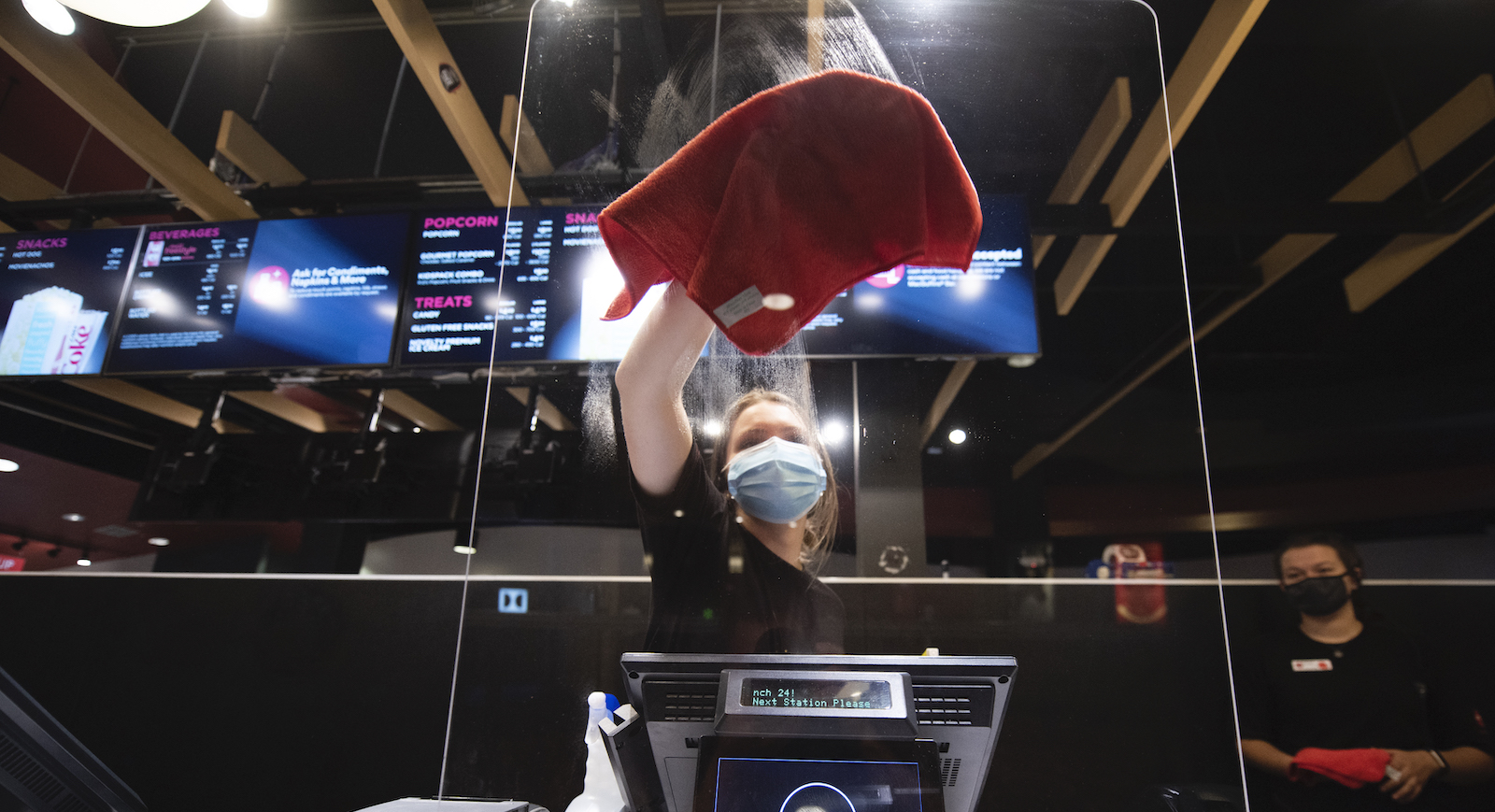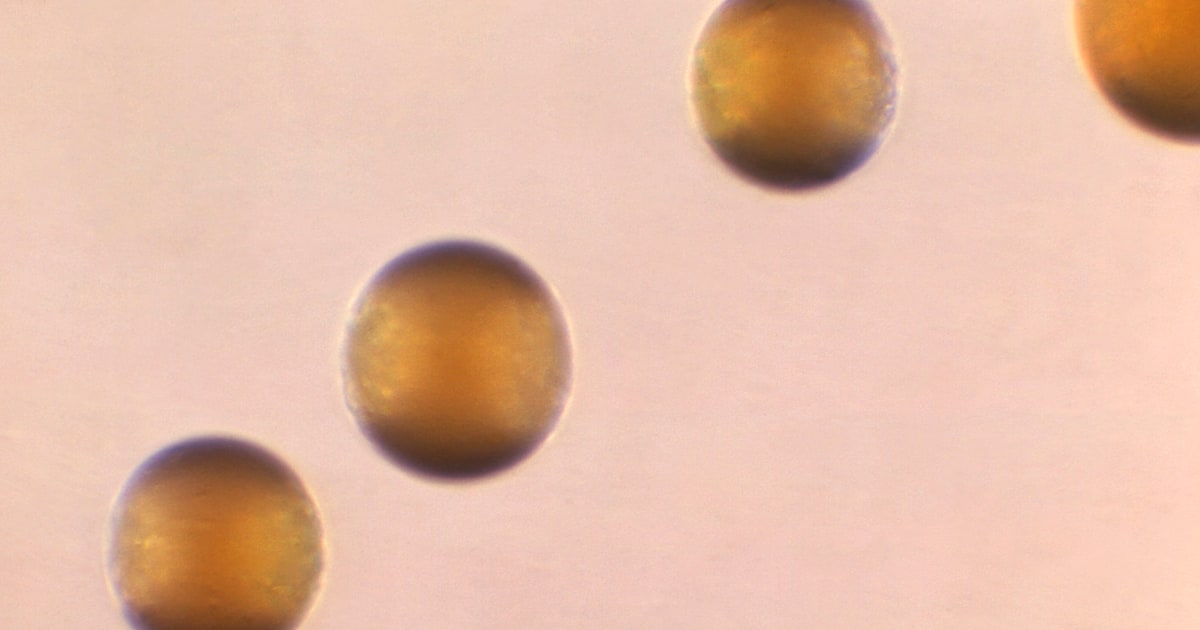CDC updates cleaning guide for covid-19 0:32
(CNN Spanish) -
The disinfection of surfaces and objects to prevent covid-19 is a behavior that many adopted in 2020 with the onset of the pandemic.
More than a year later, the US Centers for Disease Control and Prevention says it may not be necessary to do so.
In this episode Dr. Elmer Huerta explains the new CDC recommendations.
You can listen to this episode on Apple Podcasts, Spotify, or your favorite podcast platform, or read the transcript below.
Hello, I am Dr. Elmer Huerta and this is your daily dose of information about the new coronavirus.
Information that we hope will be useful to take care of your health and that of your family.
Today we will see what are the new recommendations of the Centers for Disease Control and Prevention of the United States (CDC, for its acronym in English) regarding the cleaning of surfaces to prevent covid-19.
advertising
The surfaces and the mode of contagion of covid-19
Undoubtedly, during this first year of the pandemic we have learned a lot about the mode of contagion of the new coronavirus.
Remember that, during the first months of the pandemic, the lack of knowledge about how the virus was transmitted made us compulsively clean all surfaces with chlorine or other types of disinfectants, and with the idea of preventing infection, many people cleaned the boxes of the products and plastic bags she bought at the supermarket.
In this regard, the CDC just released its latest recommendations on surface cleaning, which we will review in this episode.
The document, published online on April 5, begins by consolidating a concept, which we have already reviewed in previous episodes of the podcast: that although it is true that there may be contagion by contact with contaminated surfaces, by far the most important form of contagion of the Viruses are the aerosols that infect us through the respiratory tract.
First of all, it is important to know what a fomite is.
What is a fomite?
A fomite is any inert object or surface that, when contaminated with a pathogen or disease-causing agent, can serve as a link of contagion.
That is why fomites are called passive vectors (unlike a mosquito, for example, which is considered an active vector).
Some examples of fomites are clothing, hair, elevator button, shoe, pencil, plastic bag or food box from the supermarket, the bus rail, or other objects that may be contaminated with the new coronavirus .
According to the CDC, several factors determine the possibility that the new coronavirus can be acquired after touching a fomite, including:
The frequency of infection in the community,
The amount of virus shed by infected people,
The air and ventilation of the place where the fomite is located,
Environmental factors such as temperature and humidity that can harm the virus,
The time between when a surface is contaminated and when a person touches that surface,
The efficiency of virus transfer from contaminated surfaces to hands and from hands to nose, mouth, or eyes,
And finally, the amount of virus necessary to cause an infection.
Can we contract covid-19 through a surface?
In this regard, says the CDC, various studies have revealed that the risk of infection by the new coronavirus through contaminated surfaces is low, and can be quantified at less than 1 in 10,000, which in other words means that contact with a contaminated surface you have less than a 1 in 10,000 chance of causing an infection.
The document also says that survival studies of the virus on surfaces show that 99% of the infectious particles of SARS-CoV-2 disappear in 3 days on non-porous surfaces such as stainless steel, plastic and glass, which are found indoors. typical of houses and offices.
Finally, the document says that the use of soap and water to clean the surfaces is enough to eliminate any viral particles that may have been present on any surface, so the use of disinfectants for cleaning is only indicated for those places where an infected person is known to have been, such as in a home or office.
The CDC's findings
In summary, the new recommendations say, while it is true that people can become infected with the new coronavirus by touching their faces after having had contact with contaminated surfaces, the risk of contagion through that route is low.
The main mode of infection with SARS-CoV-2 is through exposure to large or microscopic respiratory droplets that carry infectious viruses.
In most situations, the document concludes, cleaning surfaces with soap or detergent, without using disinfectants, is enough to reduce risk.
As I was saying, disinfection is only recommended in closed community spaces where a case of covid-19 has been suspected or confirmed in the last 24 hours.
It is important to know, the recommendations say, that the risk of transmission by fomites can be reduced by using a mask consistently and correctly, practicing general cleaning and constantly washing your hands.
Do you have questions about the coronavirus?
Send me your questions on Twitter, we will try to answer them in our next episodes.
You can find me at @Drhuerta.
If you think this podcast is useful, help others find it by rating and reviewing it on your favorite podcast app.
We'll be back tomorrow so be sure to subscribe to get the latest episode on your account.
And for the most up-to-date information, you can always head to CNNEspanol.com.
Thanks for your attention.
If you have any questions you can send them to Dr. Elmer Huerta through Twitter. You can also head over to CNNE.com/coronaviruspodcast for all episodes of our “Coronavirus: Reality vs. Reality” podcast. fiction".
coronavirusCovid-19









